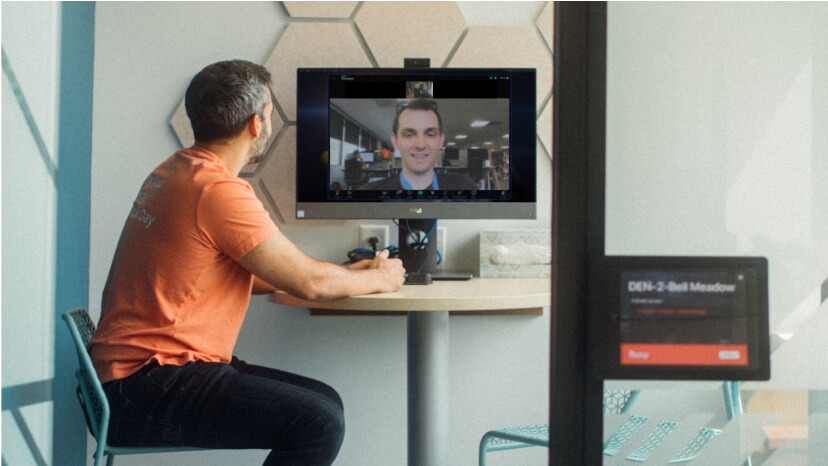As Europe’s pandemic response evolves, many business leaders have begun implementing a hybrid work model. This approach offers employees the ability to work remotely, in the office, or both, enabling greater operational flexibility, access to a global talent pool, and continuity in the face of travel restrictions and lockdowns. The pandemic forced organisations into a digital transformation that is here to stay: according to research conducted earlier this year, 74% of UK respondents and 70% of both French and German respondents confirmed they anticipate a hybrid working model to be the new normal for businesses going forward.
However, with workers dispersed across offices, remote workspaces, and in some cases, the globe, it can be difficult to offer a consistent employee experience that builds effective teams. To maintain productivity and team satisfaction, business leaders must create a cohesive and optimised experience for employees that can work anywhere and everywhere.
A European Perspective On The Future Of Work For 2021, a recent report from Forrester Research, offers some important insights into how European business leaders can create a better employee experience for hybrid workforces. Here are some key takeaways:















